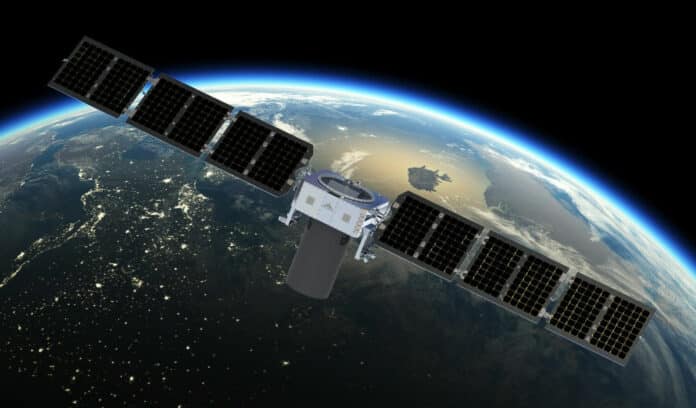Defense Advanced Research Projects Agency (DARPA) is making progress toward its goal of establishing a global high-speed network in low Earth orbit (LEO) that could revolutionize national security space (NSS) capabilities.
The Blackjack program is set to replace the current National Security Space (NSS) assets in geosynchronous orbit (GEO) with a more resilient and cost-effective constellation of four interconnected satellites in LEO.
Recently, RTX’s small-satellite manufacturer and mission services provider, Blue Canyon Technologies (BCT), announced the satellites supporting DARPA’s Blackjack program have completed critical milestones activities. BCT is responsible for manufacturing and operating the satellites, and they specialize in providing mission services and commoditized satellite buses for LEO constellations and beyond.
“The Blackjack program is a perfect example of how RTX and Blue Canyon Technologies are working to solve the hardest problems in aerospace and defense,” said Chris Winslett, general manager for Blue Canyon Technologies.
The successful operation is indeed a great achievement for BCT in the swift commissioning of multiple spacecraft. This will enable the establishment of high-speed networks in LEO orbit and contribute to the growth of commoditized small satellite buses for LEO constellations and beyond on a global level.
The Blackjack program aims to achieve LEO performance that is comparable to current GEO systems while keeping the combined bus, payload(s), and launch costs under $6 million per orbital node. The program’s focus is to develop low-cost interchangeable payloads that meet the commercial bus’s size, weight, and power constraints with short design cycles and technology upgrades.
DARPA’s broader objective is to modernize the U.S. military‘s space capabilities and maintain its dominance in the contested space environment. The agency aims to leverage the commercial sector’s innovation and efficiency to create a more agile and resilient space architecture that can adapt to emerging threats and opportunities.
